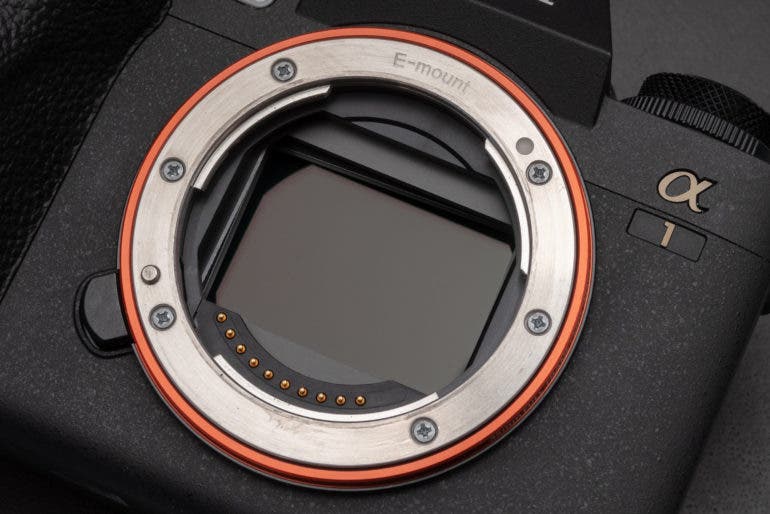NASA’s Perseverance Rover Shows You How Dumb Megapixel Wars Are
The Megapixel wars aren’t doing anyone any favors.
The Megapixel wars that started back in the early 2000s with the rise of digital cameras are still raging today. While many photographers clamor for more megapixels (because more is better, right?), others realize they aren’t everything. Some of those folks include the brains at NASA and CNES (the French space agency). The Perseverance rover that touched down on the red planet last month has already beamed back stunning, detail-filled images that have captivated the world. What might surprise you, though, is that the rover’s camera has a Megapixel count in the single digits. Find out more about the rover’s camera after the break.

A recent post on Image Sensors World talks about some of the cameras that went to Mars onboard the Perseverance rover. As mentioned in the intro, we’ve seen the images that have been beamed back to earth. They look amazing. Surely NASA must have sent a camera to the red planet that has a huge sensor in it to capture so much detail? Well, it might surprise you to know that the images taken on the surface of Mars were made with a camera that sports a 4 Megapixels sensor. That’s right—just 4 Megapixels. It’s time to stop the sob stories about how you only have 24 Megapixels to capture pictures of your food.
Megapixel Wars – Bigger Isn’t Always Better

According to the article mentioned above, the image sensor used is a CMV4000 with a Bayer color array. This sensor sports 4 Megapixels with RGB color filters and microlenses. The sensor was designed by AMS CMOSIS, which is a company qualified by CNES. CNES started researching this camera sensor 10 years ago. Over the last decade, CNES has shown that this Bayer filter imaging sensor is hardy enough to withstand the constant blasts of radiation while in space. On top of this, CNES has found that this sensor is cost-effective while still providing great detail. It’s a technical marvel for sure.
Let It Go

We talk about camera tech all the time here at The Phoblographer. One of the biggest topics in the industry is sensors and how many megapixels they have. In fact, we talked about how basing a purchasing decision on Megapixels alone is crazy on a recent episode of Pro Camera Reviews. You can still do so much with sensors that aren’t packing massive amounts of Megapixels.
That 4 Megapixel camera used by NASA would be able to print an image at 11×16 with great quality, and for online use, it’s way beyond acceptable. Unless you’re printing massive prints, you don’t need cameras with a huge megapixel count. In fact, a 24 Megapixel camera can print a 30×40 image with no issues. So, the next time you feel bad for having a camera with ‘just 24 Megapixels’, don’t. If all you’re doing is sharing images online, be content with what you have. Don’t fall for marketing talk about how more is better when browsing new cameras.